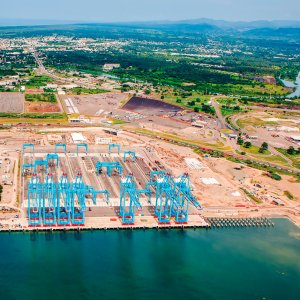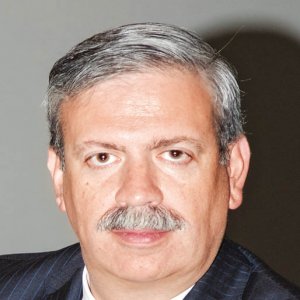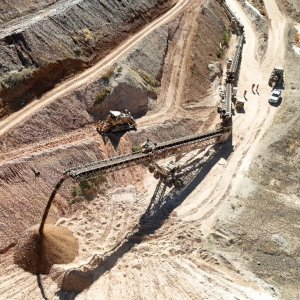Add Design to Made in Mexico

STORY INLINE POST
Q: How are Mexican companies adapting to 3-D modeling technology?
A: All infrastructure projects are complex and require exhaustive control and technology. The risk of miscalculation can cause delays and inflate budgets. Our company has a portfolio of 170 products for electronic simulation. Autodesk’s 3-D technology creates visual models using Building Information Modeling (BIM). As construction project managers become increasingly interested in implementing new technology, companies are beginning to implement important shifts internally. It is now more common for directors to ask project leaders to submit a 3-D BIM model to acquire information. The problem is that at this level, employees may not know how to make a BIM model and end up turning in a traditional 2-D model. The progress of 3-D models here is delayed because companies and users are still in a learning curve.
Mexico in some cases is a follower and late adopter. Before deciding to take on innovative technology, we tend to wait and observe the success of that tech’s growth in every region from Europe to Asia and South America. Our company has actively promoted BIM technology to government agencies over the last three years and the discussions have motivated authorities to include it as a requirement for structural bidding rounds in public construction. The public, private, social and academic spheres also are slowly starting to adopt BIM. We may not adopt technology before other countries but when Mexico pushes the gas pedal, the landscape quickly adapts to the new changes.
Q: What role does Autodesk play in the new technological landscape?
A: The company works with the government to foster cooperation with private initiatives that can push the country to the next level of technological progress. We have constant dialogue with different people and sectors, including CEOs and universities, to discuss the direction of global trends. Autodesk University is an important element in this. It has been sharing innovative information over the last four years in Mexico and the US, allowing people to try and test new technology. Our company also gives its software for free to universities for academic purposes. Professors and students now have access to our entire portfolio but this is not for commercial use. Autodesk transitioned to a subscription model three years ago, which helps diminish noncompliance rates. We facilitate access by reducing costs and promoting accessibility. In the past, Autodesk sold perpetual licenses that granted usage rights. Now, instead of a licensing fee, customers pay for the amount of time they are subscribed to the software. This benefits construction companies because now a developer with a three-month project and a limited budget can use advanced technology at a more accessible price for the required time.
Q: What significant trends is the infrastructure industry facing and how is Mexico keeping up?
A: There is no doubt mass consumption trends influence infrastructure projects. In China, developers can build a 20-storey tower in 18 days under a prefabrication process that is efficient and uses lightweight material. These are more sustainable because they not only use less material but can also adapt to climate change. Shanghai has a spiral tower that can catch enough wind to create a turbine effect and generate electricity. Few Mexican companies are striving to satisfy these new trends.
Q: What strategies can Mexico follow to stand out in the international market?
A: Mexico stands out with its manufacturing. The country has the potential to become a logistics hub. There are two issues that are keeping Mexico from reaching its full potential. First, products around the world are typically labeled as “Made in Mexico,” but few are tagged “Designed in Mexico.” Its global power could increase dramatically in the coming years if the country would promote more internal design and technology that satisfies current trends. The second problem is the need for infrastructure. Mexico’s positioning means that despite its potential as a logistics hub it does not have the right structures to take advantage of its geographic location. The National Infrastructure Program is beginning to provide glimpses of infrastructure development but more progress is needed.






















